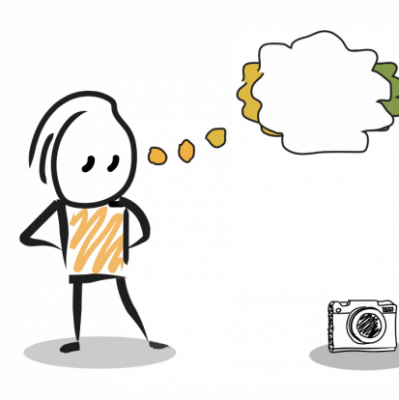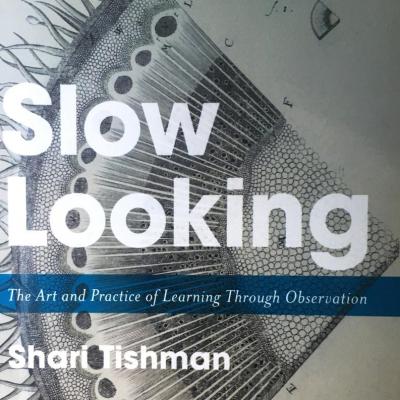A resource for learners to explore the ways you can use the Agency by Design Framework and Making Moves/Indicators.

A resource for learners to explore the ways you can use the Agency by Design Framework and Making Moves/Indicators.


A rotina ajuda os estudantes a explorar a complexidade ao encorajá-los a olhar atentamente para os detalhes de algo, considerando uma variedade de pontos de vista, de usuários e de partes interessadas e refletindo sobre as próprias conexões e seu envolvimento com o objeto ou o sistema em questão.

Educator Tatum Omari examines the system of educator collaborations and partnerships.

这个思考模式通过帮助学生近距离观察某个物品/系统的细节,考虑不同的使用者和利益相关者不同的观点角度,以反思自己和这个物品/系统的关系来探究其中的关联性。

This thinking routine helps learners slow down and make careful, detailed observations by encouraging them to look beyond the obvious features of an object or system. This thinking routine helps stimulate curiosity, raises questions, and surfaces areas for further inquiry.
Engaging young learners in exploring complexity and finding opportunities to make systems better requires perspective taking and empathy. Role playing can be a powerful approach to support learners in taking others’ perspectives when exploring the roles, ideas, and feelings of different characters in a system. Here we offer a few thoughts on how to leverage children’s natural desire to play and how to employ different thinking routines to foster perspective taking and empathy. This tool is intended as a starting point and does not need to be followed step by step or happen all at once.

A set of questions for students and educators that support critical inquiry and awareness when approaching human-designed objects and systems.

Thi Bui teaches art and multimedia at Oakland International High School, a public high school for immigrants students’ where command of the English language is one of the last things to be taken for granted.

Slow Looking provides a robust argument for the importance of slow looking in learning environments both general and specialized, formal and informal, and its connection to major concepts in teaching, learning, and knowledge. A museum-originated practice increasingly seen as holding wide educational benefits, slow looking contends that patient, immersive attention to content can produce active cognitive opportunities for meaning-making and critical thinking that may not be possible though high-speed means of information delivery. Addressing the multi-disciplinary applications of this purposeful behavioral practice, this book draws examples from the visual arts, literature, science, and everyday life, using original, real-world scenarios to illustrate the complexities and rewards of slow looking.